Today’s post is another destination which I forgot to write up at the time -beautiful Knaresborough, which I visited during my 2022 trip to Yorkshire. The town lies around 30 minutes outside the centre of York and close to towns such as Harrogate and Ripon. It’s the perfect day trip option when in Yorkshire with some beautiful things to see and do. I found its history fascinating so this post aims to tell Knaresborough’s story through 3 main themes – the Royals, the River and the Railway.
The Royals
The first stone castle in Knaresborough was built in 1066 after the Norman conquest. In the 1200s it was extended by King John and used as his Yorkshire base. The castle was a very important centre in the 1200s and King John even made the first known Royal Maundy presentation here – clothing 13 paupers in the town.
The castle that stands today was built in the 1300s by Edward II, and John of Gaunt (a famous Duke of Lancaster) inherited the castle in 1372 and it has belonged to the Duchy of Lancaster ever since. This means it’s ultimately Crown property and owned by the King.
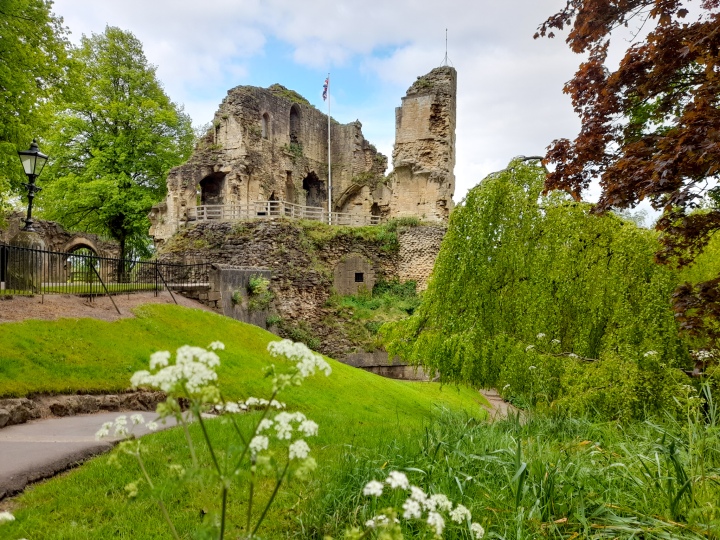
During the English Civil war in the 1600s, the castle was a Royalist stronghold, firmly loyal to King Charles (rather than Oliver Cromwell, who fought for Parliamentary rule rather than monarchy). In 1644, Cromwell’s troops marched on the town and the castle surrendered. The castle was demolished, other than one tower which was kept as a prison. This is what you see today and you can still visit the underground tunnel and Tudor courthouse.
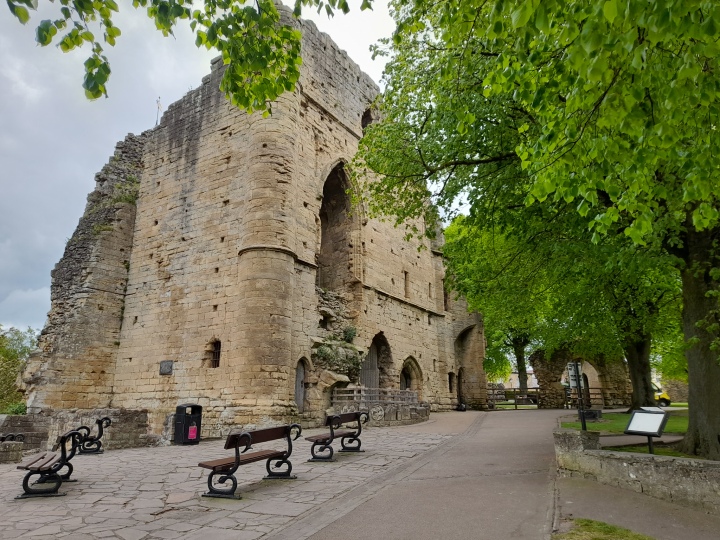
Another Royal link in the town is St John the Baptist Church. Records of a church on this site date back to at least 1114 when records show that King Henry I granted the “Church at Cnaresburgh” to the canons at Nostell. Today the church is beautiful inside and out, perched high above the River Nidd.
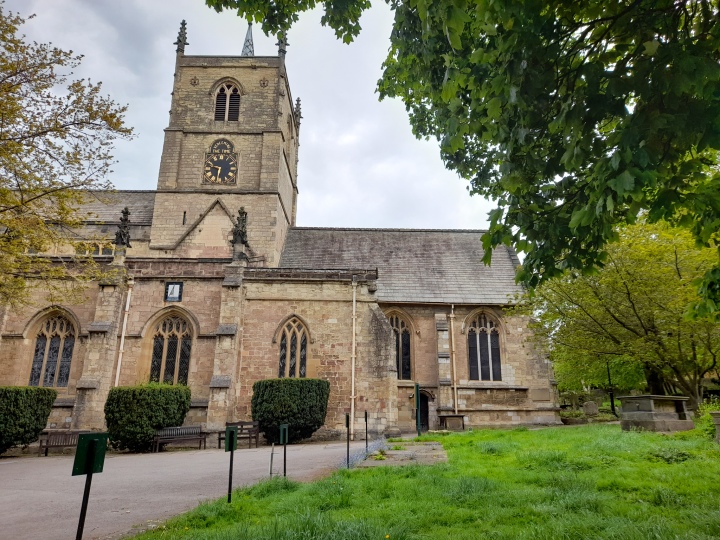
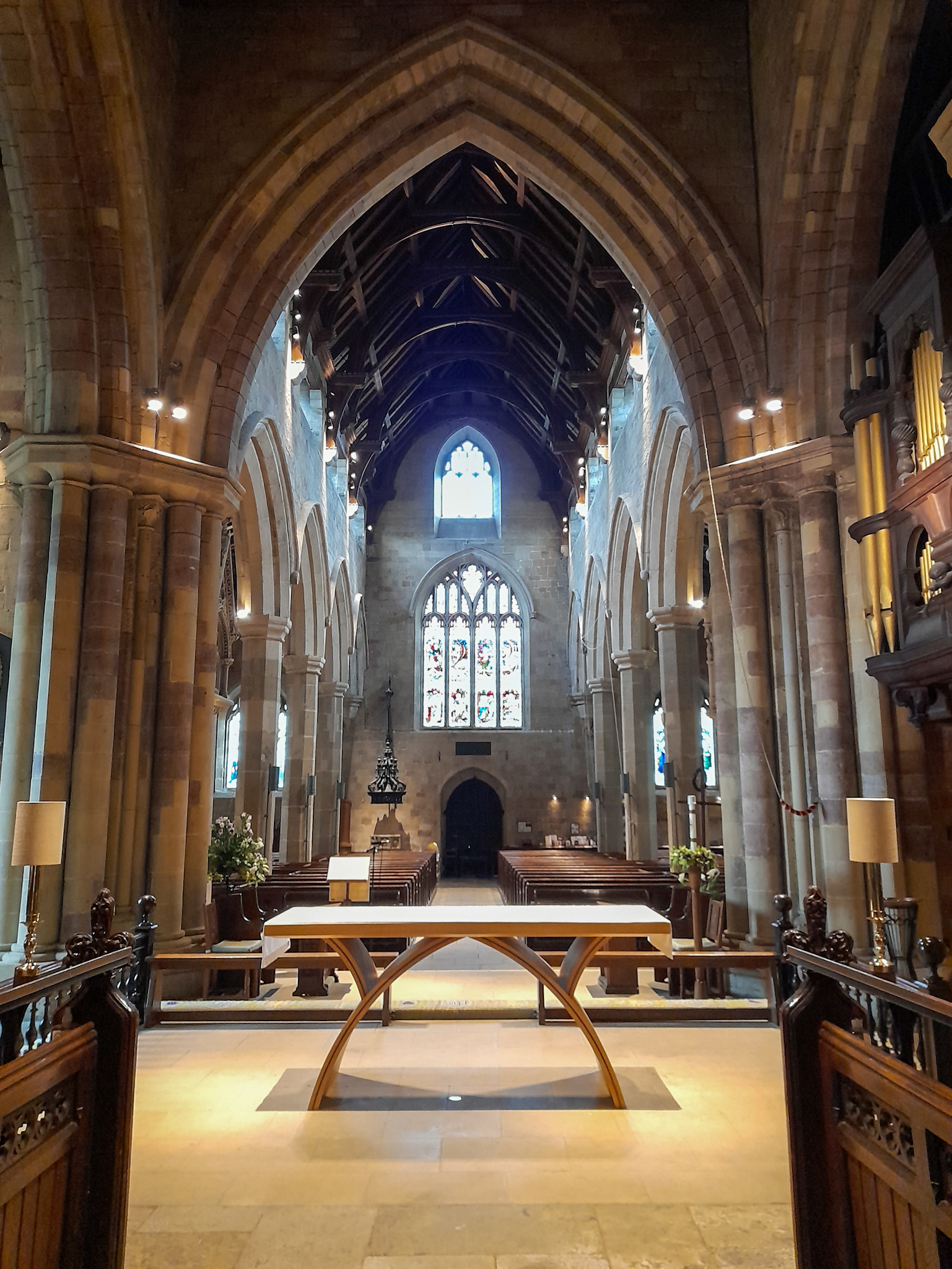
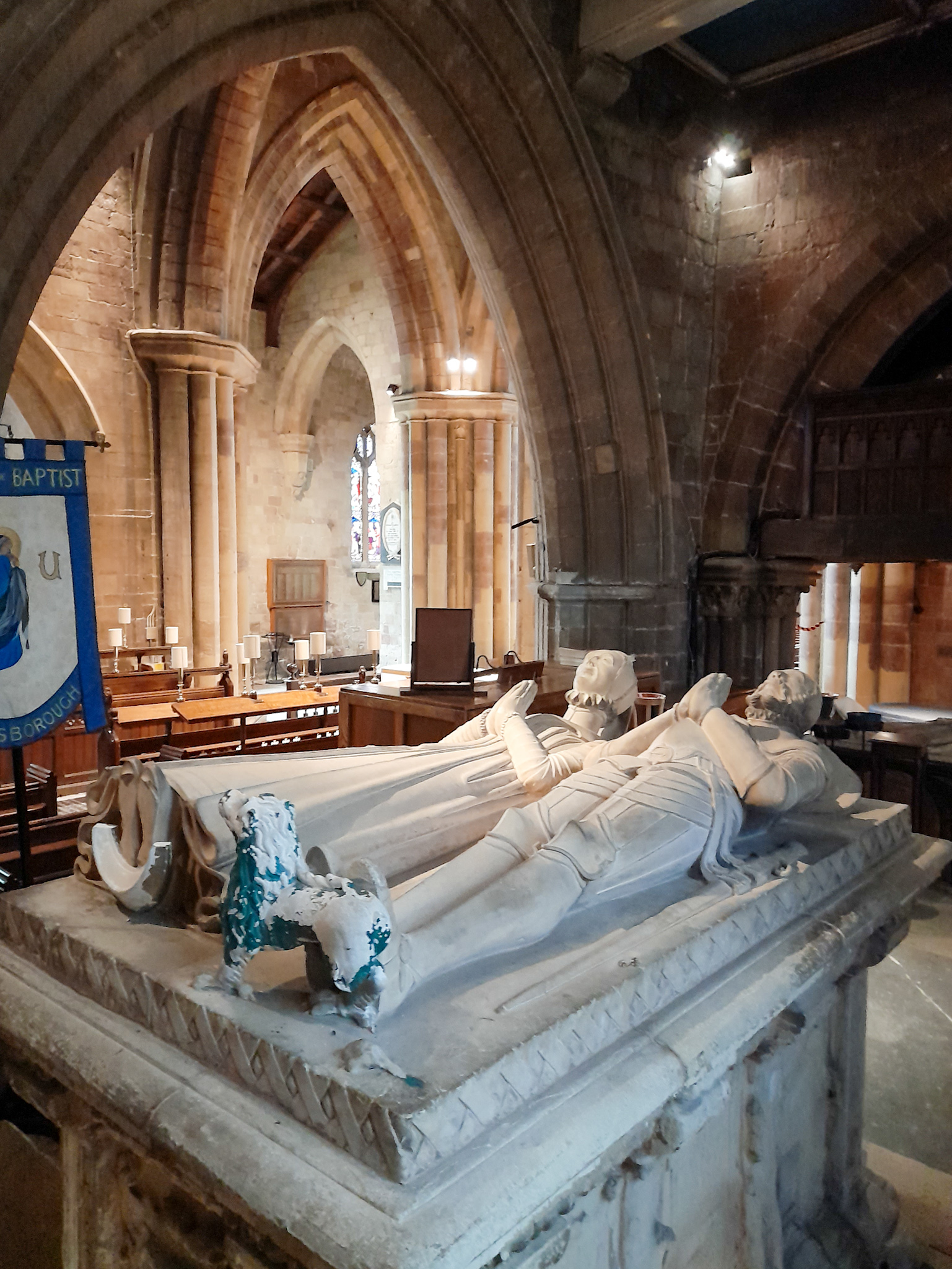
The River
Knaresborough lies alongside the River Nidd, in the Nidd Gorge – carved out of sandstone by nature over 16,000 years ago. Nidd comes from the Celtic word meaning hidden – because up the valley a little, the river disappears underground.
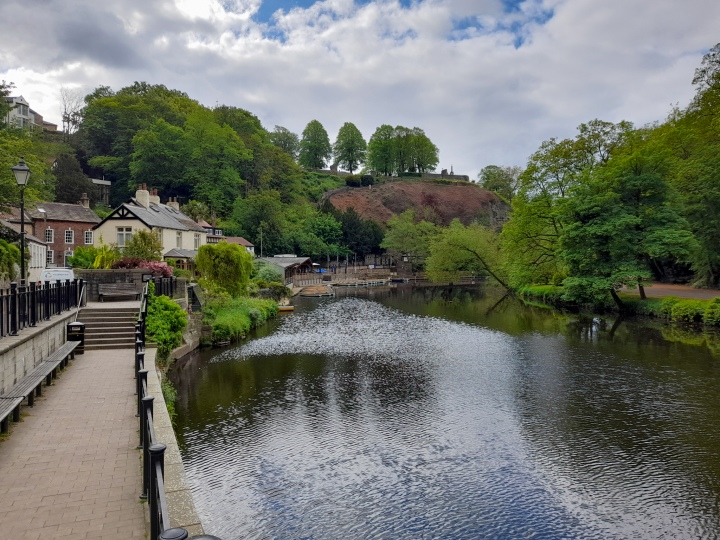
Water has always been central to Knaresborough, being a source of food and drink, a transport route and a vital part of the economy once waterwheels had been invented and mills were up and running. Mills here powered paper mills, cotton mills and enabled linen making too. In fact, so good was the linen made here, the local company (Waltons) was appointed by Queen Victoria to supply all the royal households in 1838. The historic Dye House is virtually all that’s left now of the industry, although you can still explore the river by hiring a boat.
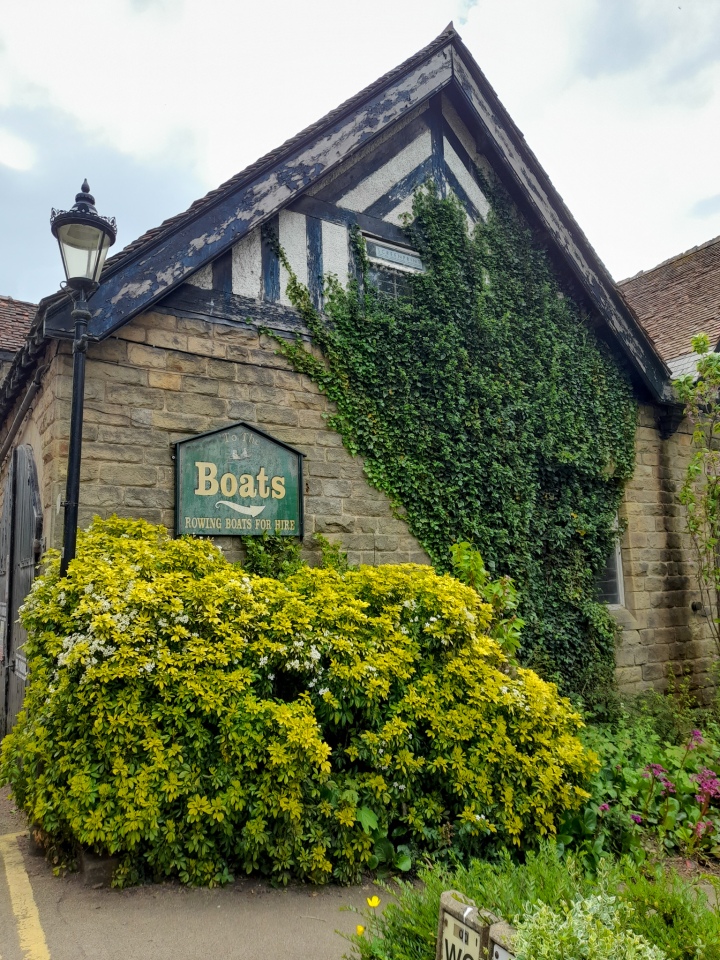
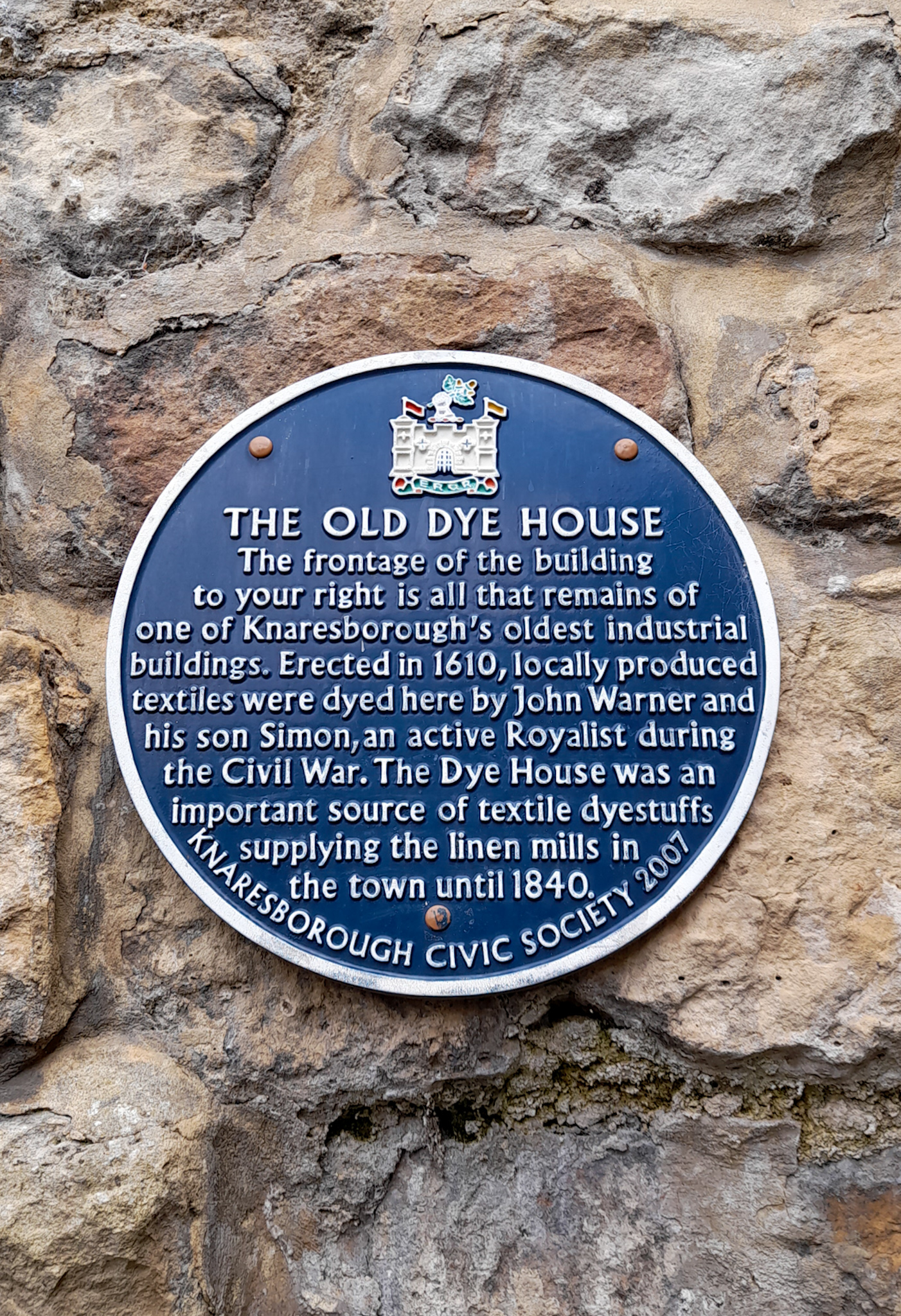
The Railway
The most famous landmark in Knaresborough is its mighty Viaduct, erected in 1851 (after its first attempt in 1848 fell in to the water and caused the river to rise by 12ft!). The Viaduct was open as a railway line from 1862 which ran to Harrogate. Trains still go over it today, and it’s a feat of engineering that’s for sure.
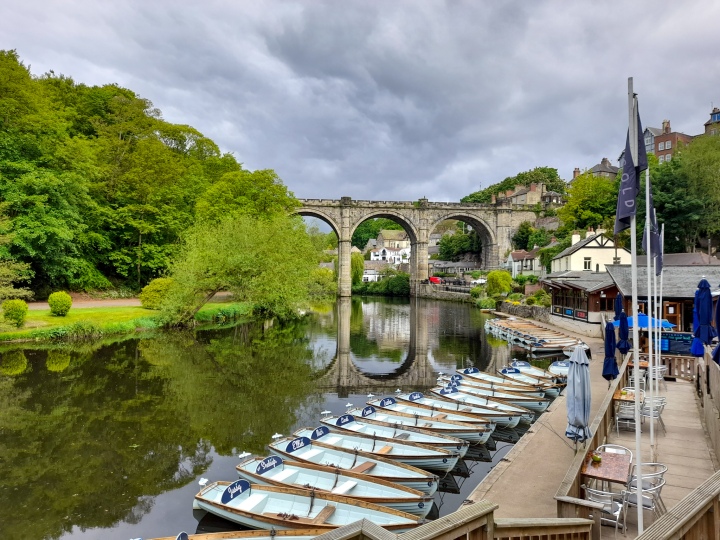
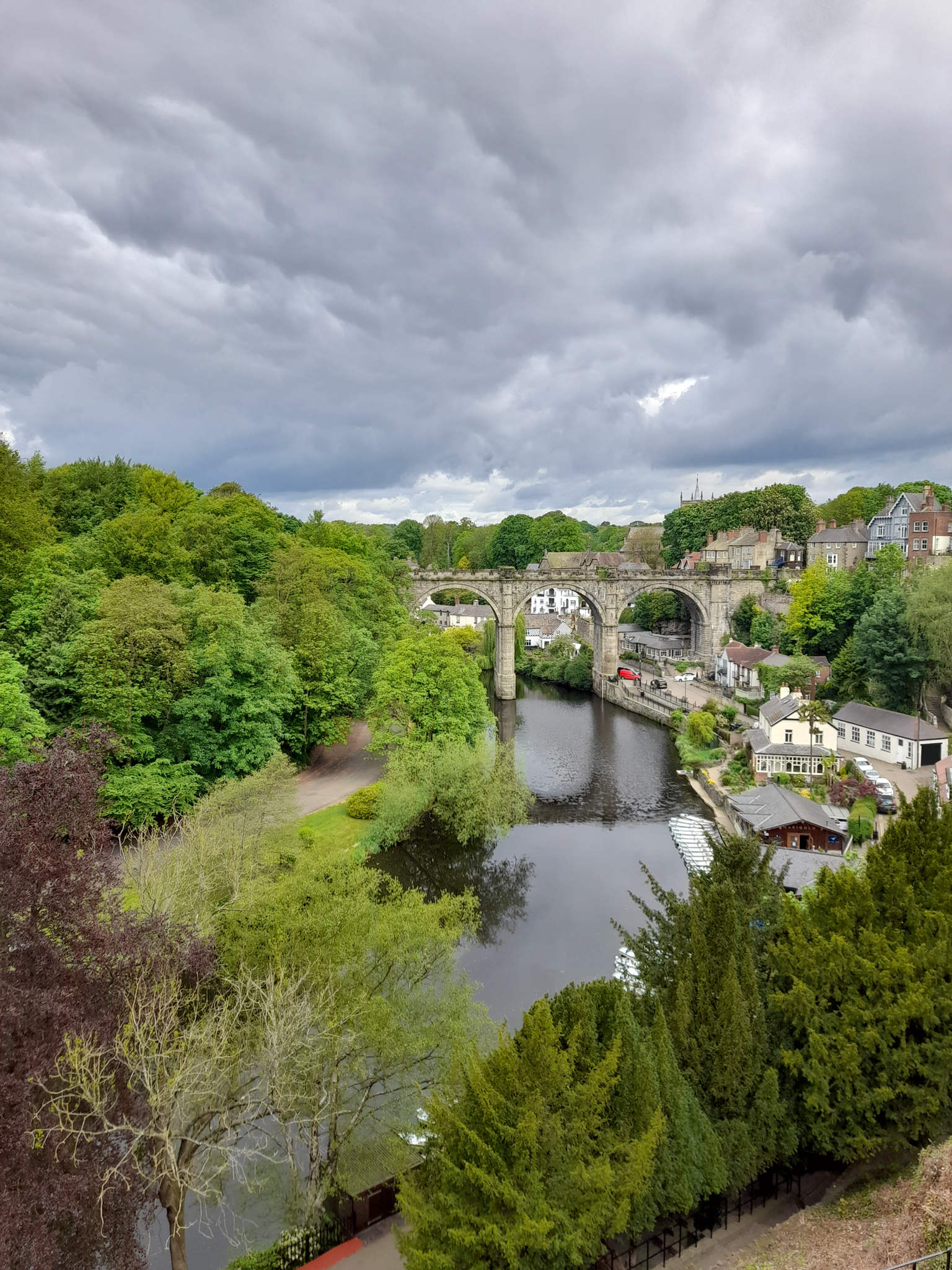
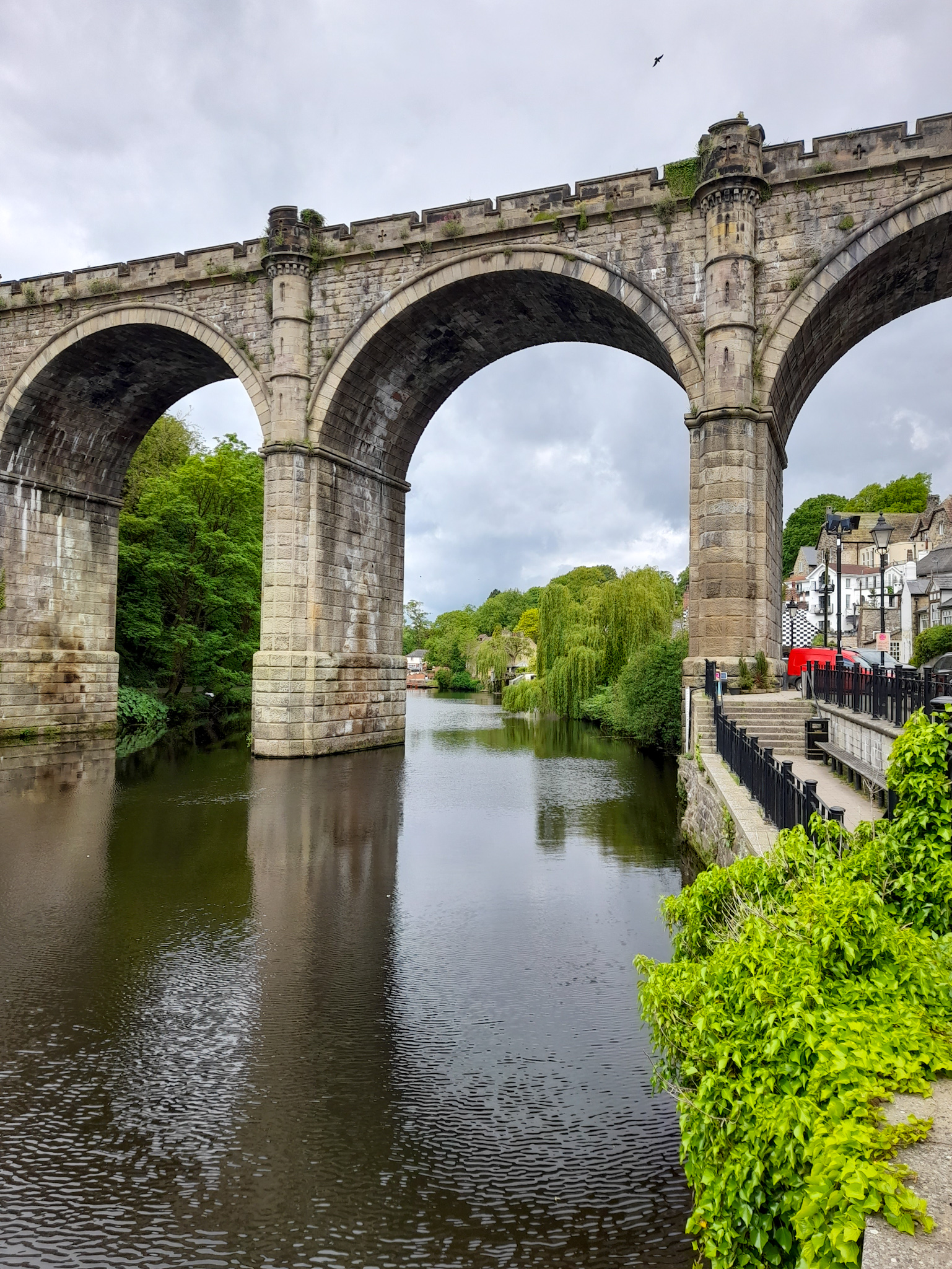
Just as a complete aside, I also absolutely loved the story of Blind Jack in Knaresborough, who despite being blind played music, rode horses, and even built roads, living to the age of 93 (quite an achievement in the 1700s)!
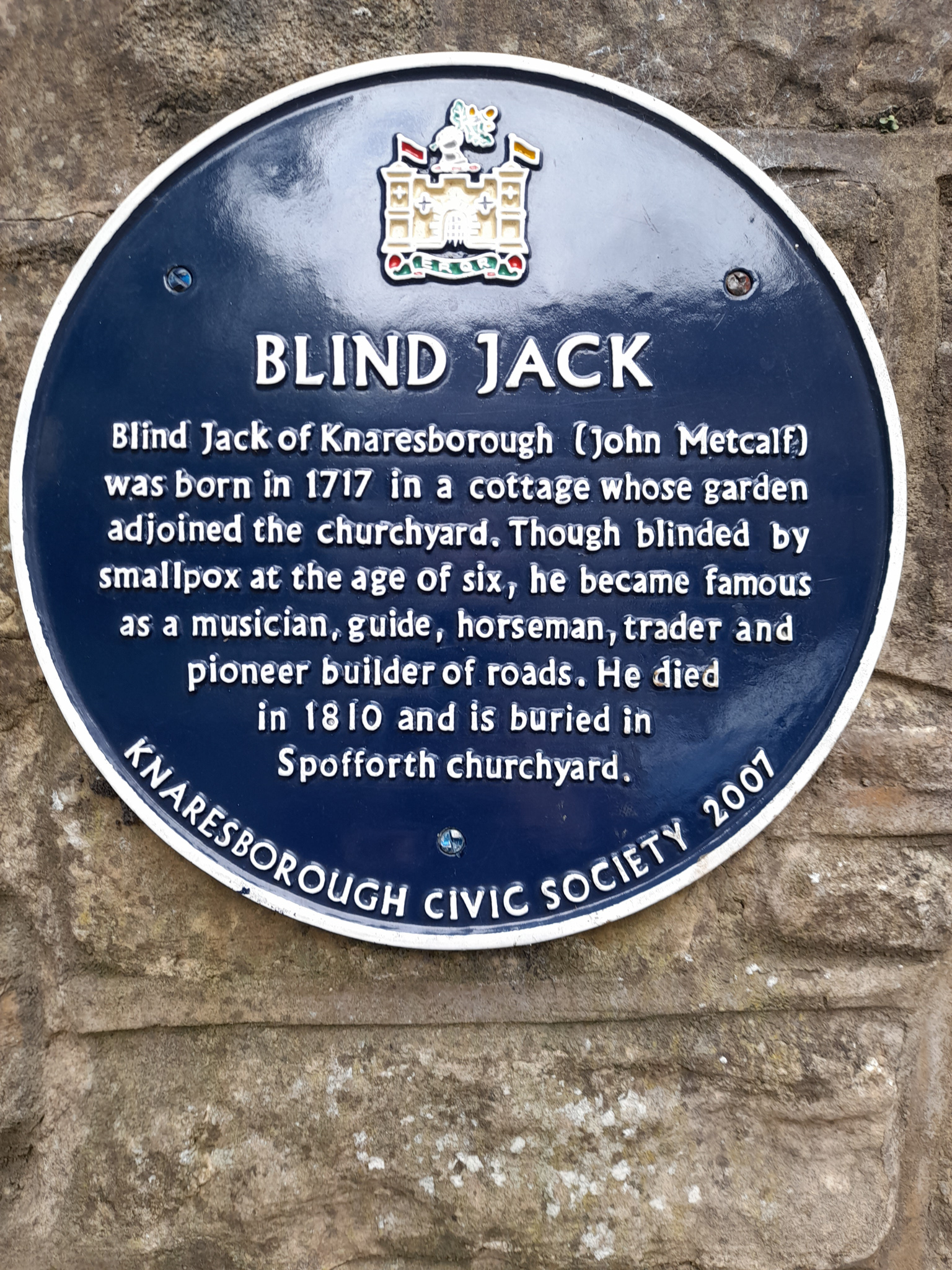
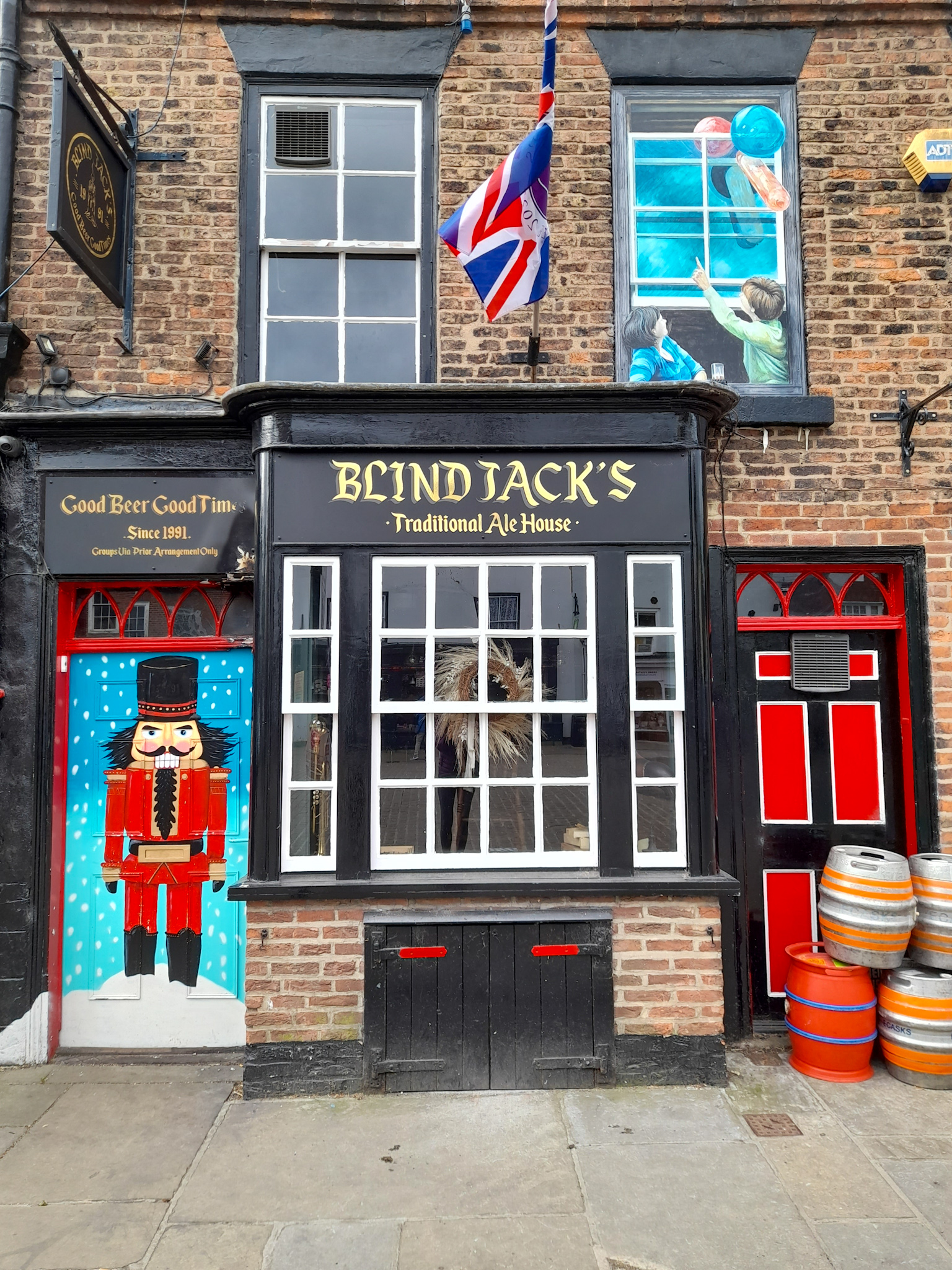
I found Knaresborough a really interesting place to visit, and enjoyed my day trip there. Yorkshire in general is such a stunning area of England, and if you’re interested in learning more please also check out my other posts:
- York
- Ripon & Fountain’s Abbey
- Whitby & North Yorkshire Coast
- Helmsley & Rievaulx Abbey
- Thornton-Le-Dale & Ellerburn
Thanks for reading – stay safe and happy travelling!

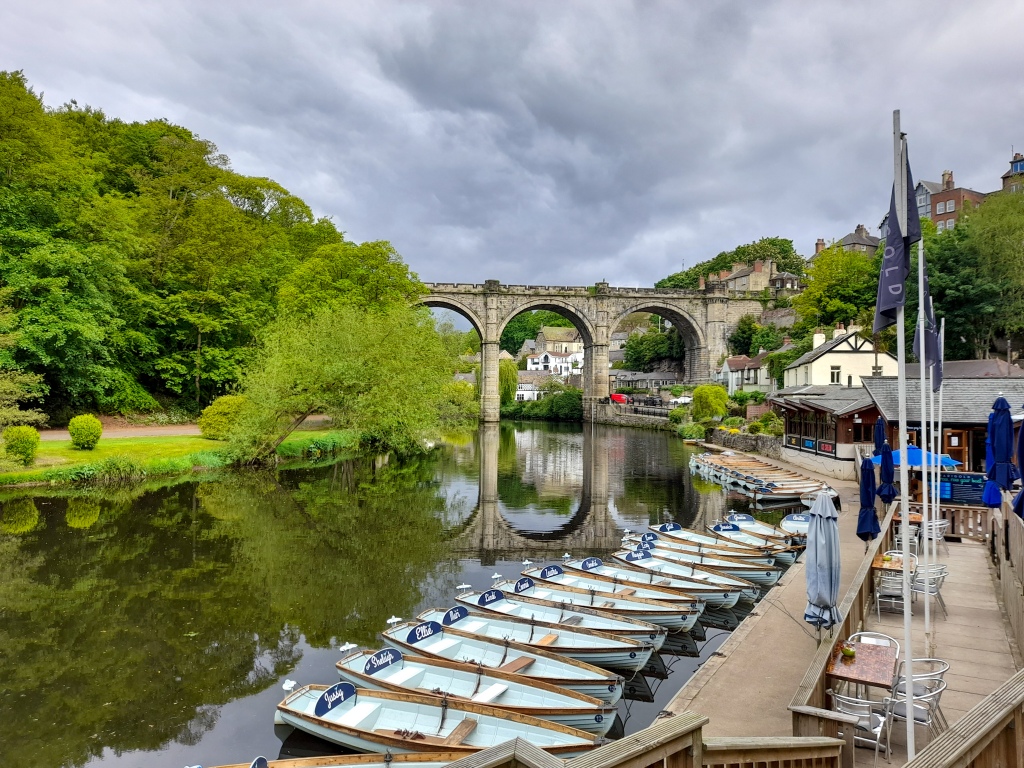
Leave a comment